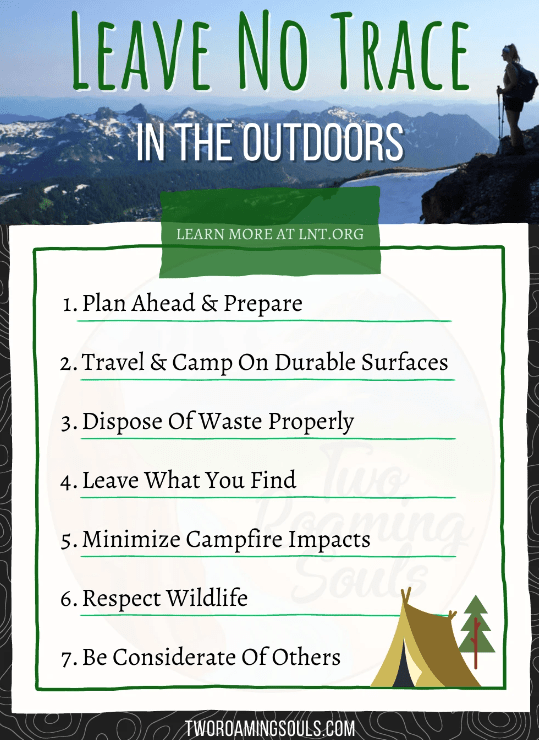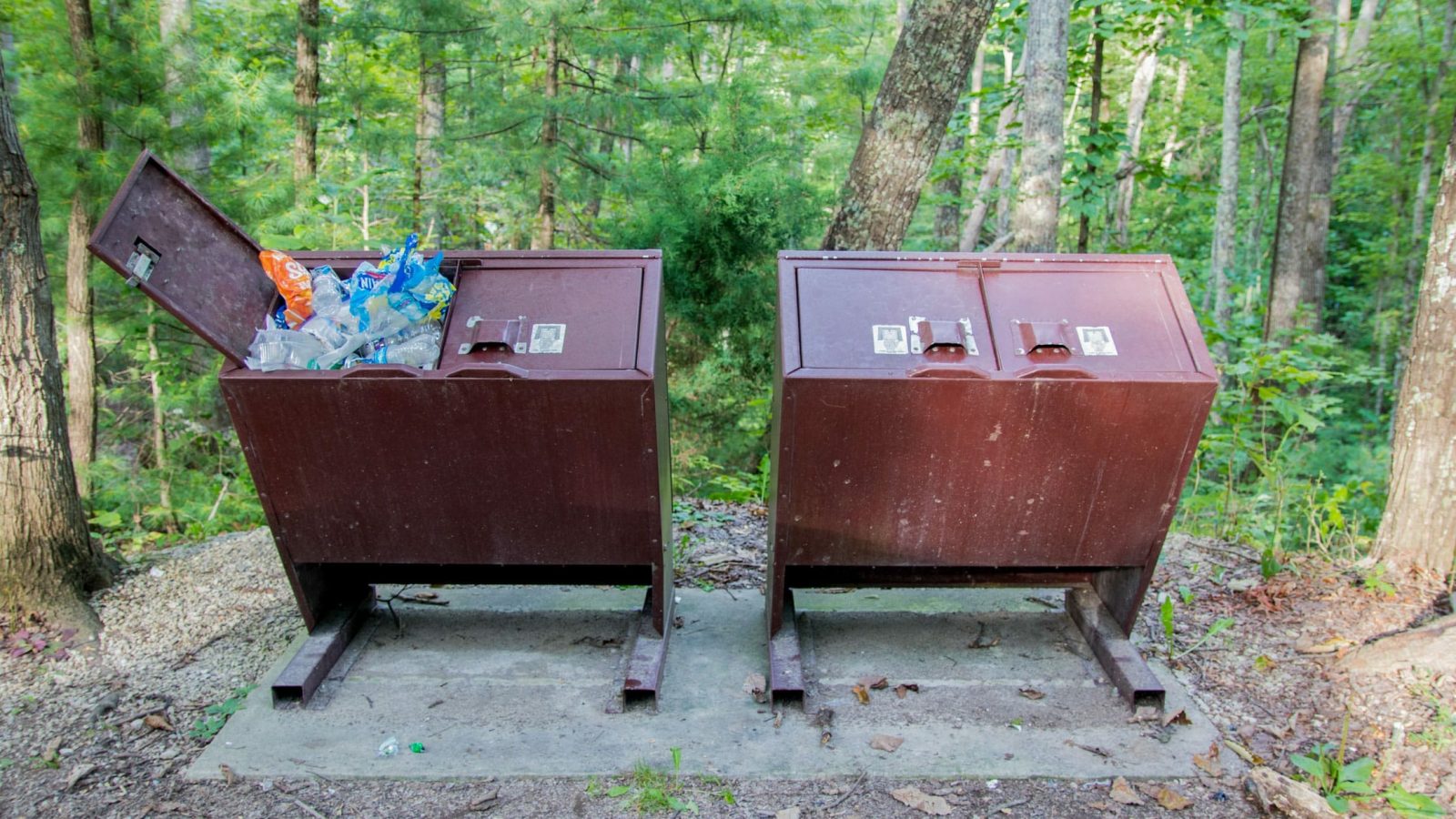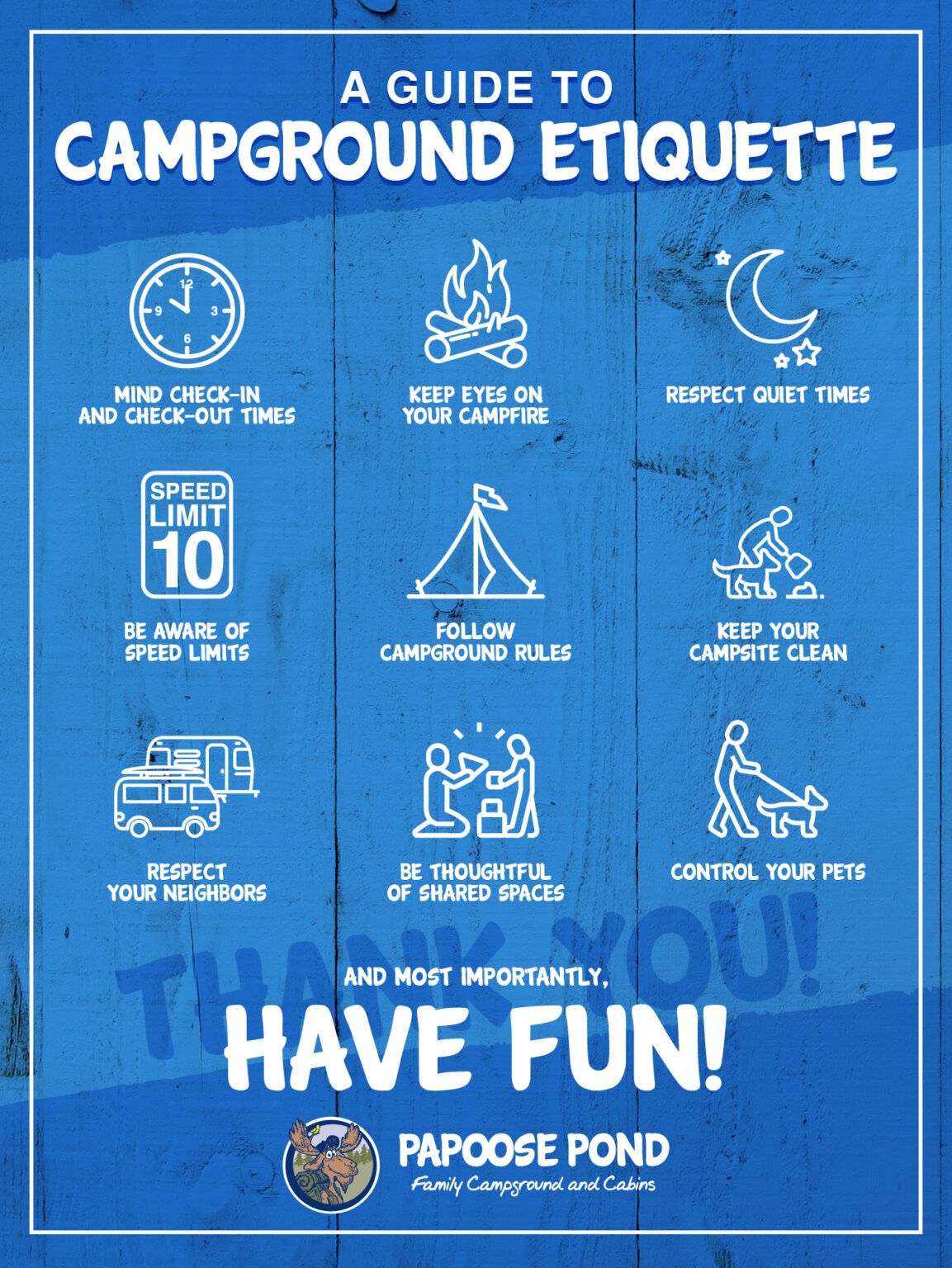Responsible Camping: Embrace Leave No Trace
I. Introduction
Camping allows us to connect with nature and enjoy the great outdoors. However, irresponsible camping practices can cause substantial harm to the environment. As camping continues to grow in popularity, embracing Leave No Trace (LNT) principles is key to protecting these natural spaces for future generations.
By following the LNT guidelines, we can preserve the landscape, ecosystems, and natural processes that make camping rewarding. This enables us to enjoy nature without degrading it for ourselves and others down the road.
The majority of harmful camping impacts come from lack of awareness rather than malicious intent. Often simple changes in practices can drastically reduce your imprint. Small daily actions multiplied by thousands of campers have enormous positive effects. It starts with a mindset embracing responsible camping ethics.
II. Know the ‘Leave No Trace’ Principles
Understanding the seven Leave No Trace principles forms the foundation of responsible environmental practices. These guidelines provide a framework to enjoy nature while minimizing our footprint.
Image credit: Two Roaming Souls
A. Plan Ahead and Prepare
Proper planning and preparation sets you up for low-impact camping success. Before heading out, research regulations and special concerns for the area you’ll be visiting. Different locations have diverse rules, hazards, and vulnerabilities.
You’ll also want to prepare proper storage for securing any food or scented items from wildlife. A bear canister keeps food enclosed and inaccessible. Stashing bags high up in a tree also works in many areas. Planning for biodegradable soaps, reusable containers/cutlery, and waste bags demonstrates a commitment to preserving the landscape.
Packing durable surfaces like tents instead of relying on vegetation protects and prevents soil erosion. Think through the durability question for other gear as well to choose sustainable options.
B. Travel and Camp on Durable Surfaces
Sticking to designated trails and campsites prevents damage to local terrain, vegetation, and habitats. Clearly durable surfaces like established trails, pristine gravel, dry grasses or snow can withstand regular traffic without impact. Concentrate activity on surfaces that won’t be damaged by people walking on them.
In places without available durable surfaces, it’s best to disperse use over a large area instead of repeatedly using one space.
C. Dispose of Waste Properly
Responsible waste management comes down to two key practices – pack out all trash and follow land agency guidelines on human waste disposal.
Packing out means carrying storage bags for securing used items and hauling them out once you leave your site. Foil wrappers, orange peels, cigarette butts, and left behind gear all count as litter, even if they’re biodegradable. Follow the safety guideline, “Pack it in, pack it out.”
For human waste, burial near the site is often required in backcountry areas lacking restroom facilities. Digging 6-8 inches deep and 200 feet from water enables decomposition without contamination. Carry a portable travel toilet or disposable bags to remove waste at rest stops if no bathroom available. Keeping soap, detergent and wastewater 200 feet from aquatic areas prevents pollution.
Image credit: Leave No Trace
D. Leave What You Find
Allow the natural state of the area to remain undisturbed. While pretty wildflowers or unique rocks pique our interest, removing them disrupts the living ecosystem. Cultural or historic objects should be also left in place to respect and conserve their legacy.
The Leave No Trace Center does permit gathering dead and downed wood in small amounts for fires. berry picking for personal consumption in small quantities is also usually allowed. Always check information kiosks at sites for additional guidance. When in doubt, leave it be.
E. Minimize Campfire Impacts
Building raging bonfires may seem integral to camping ambience, but the ecological impacts demand restraint. Consider foregoing fires completely to avoid consequences like sterilizing soil, harming trees and plants or increasing wildfire risk.
If you decide a fire is a necessary part of your experience, use established fire rings and keep your blaze small. Burn only dead and down wood you can break by hand. Firewood collection disrupts decomposing logs other wildlife depends on. Tend the flames carefully and extinguish a fire completely before going to sleep or leaving camp. Scatter cool ashes and disguise remnants of the ring once finished.
F. Respect Wildlife
Store food, trash and scented products securely out of reach from bears, rodents, birds and other animals. Consider using animal-proof containers designed specifically to stash edibles away safely. Never feed wildlife or store food in your tent as this acclimates them to rely on humans. Make noise when hiking to avoid surprising bears and keep pets leashed, avoiding sensitive nesting grounds or habitats. Always observe wildlife at a distance, limiting your impact.
G. Be Considerate of Others
Practice “golden rule” camping courtesy. Be helpful, friendly and quiet towards fellow campers. Avoid loud music, disruptive games or electronics use disturbing the peace. Respect private camps by not trespassing through them. Leave the area in as good or better shape than you found it so future visitors can enjoy.
Employing Leave No Trace consideration creates positive communal camping vibes. Building awareness around these seven principles ensures the wilderness stays pristine for all to enjoy for generations.
III. Teach Proper Camping Etiquette
Instill responsible environmental ethics in children to safeguard natural spaces. Engage them in hands-on lessons by involving them in choosing supplies, packing bags, and setting up camp. Teach proper tent arrangement to prevent damage to vegetation, compare durable vs fragile surfaces, and challenge older kids with tasks like identifying fuel wood.
Present camping guidelines as safety measures, encouraging storytelling, songs, or art to convey the message. Turn the learning process into a fun adventure, deputizing young Leave No Trace (LNT) rangers. Use games to highlight ethics breaches, like the “trash bag toss” for cleanliness and scenarios for fire building and wildlife interactions. Spark curiosity and make conservation contagious for future generations by modeling care for shared spaces and personal accountability.
Image credit: Camping Etiquette
IV. Respect the Roots of the Land
Acknowledge the indigenous history of the lands we explore on weekend trips, recognizing the legacy of tribes displaced by colonialism. Responsible camping involves learning about and honoring native heritage. Research the original inhabitants, read tribal-authored books, and visit cultural centers for diverse perspectives.
Seek out interpretive indigenous sites and attend events to connect with traditions. Avoid trespassing on sacred spaces but listen and support current struggles for environmental justice. Carry a mirror to reflect on personal assumptions and build cultural competency, undoing biases.
Marvel at the sustainable practices of past civilizations and honor their legacy by adopting mindful approaches. Acknowledge the enduring culture that shaped our outdoor escapes, following their trails while working to correct past injustices. Contribute to restoration initiatives supporting tribal environmental resiliency and play a part in rectifying historical wrongs.
V. Be Mindful of Pet Protocol
Like picking up poop anywhere else, cleaning up after your dog demonstrates basic manners and sanitation. But stricter leash laws and waste protocols for dogs and other pets are necessary when visiting parks or camping areas. These spaces welcome a fragile web of wildlife easily disturbed by free-roaming furry friends.
Keep dogs on a 6-foot leash even during off hours when fewer people are around. Lingering scents and residues can still raise hackles after you leave the scene. Be conscious of high traffic zones other animals travel through and be ready to shorten up on the leash as needed.
Research ahead of time whether the area has specific pet policies or restrictions banning canine companions from trails altogether due to endangered species recovering in the region. Respect these ecological efforts by finding an alternative sitter ahead of visiting more sensitive zones.
When multiple groups of hikers are on the same narrow trail, leash up preemptively since many individuals experience fear or anxiety around unfamiliar animals. Quickly cleaning any pet waste and considering others demonstrates thoughtful trail etiquette.
Reward rock star pet behavior reinforcing this responsible conduct at campsites as well with treats and toys. Eventually dogs discern the wilderness as wonderful terrain for focused bonding!
VI. Additional Considerations
Besides embracing Leave No Trace principles, follow public land rules designating regional appropriate practices. Regulations get updated periodically so check agency websites for the most current camping codes.
Though marijuana may be legal in your state, federal land agencies can still prohibit possession. Transporting firewood breeds invasive insects and tree diseases so buy from local approved vendors instead.
Shared campground amenities also come with communal courtesies. Be mindful of noise near sites, with quiet hours starting at 10 pm. Keep site tidiness at a maximum so critters won’t creep close seeking crumbs. Sites have designated parking pads – don’t allow vehicles to muddy up land or crush vegetation.
Follow checkout times and leave sites better than you found them. Dump greywater tanks properly and toss cigarette butts in the trash. Consider site beautification gifts for the next happy campers like a bundle of dry kindling or wildflower seeds to sprinkle.
Reward your adventurous companions afterward with a round of applause for embracing sustainable camping. High-five your whole crew for keeping those paws, claws and carbon footprints green.
VII. Conclusion
Embracing Leave No Trace principles turns camping into an ethical celebration of our shared wilderness. With knowledge and preparation, we fulfill a sacred duty to protect the land for future generations.
The seven LNT guidelines enhance our connection to nature, showing respect and compassion for the forests that nourish our souls. By promoting responsible recreation, we steward a sustainable legacy for generations to come.
Given the urgent threat of climate change, we must act with awareness, educate others, and contribute to restoration efforts. Cultivating global environmental citizenship ensures the well-being of habitats for humans, plants, and animals.
Knowing better requires doing better. Spread the word to explore responsibly, as our world depends on it.
FAQs about Responsible Camping
It’s recommended to set up camp at least 60 meters from lakes/streams and trails to avoid contaminating water and disturbing travelers. Check land regulations for required setbacks in your area.
Wash cookware at least 60 meters from water sources without soap if possible. Strain food bits and pack out waste in odor-proof bags hung from a tree. Store all food/scented items suspended 3-4.5 meters up a tree 1.2 meters from the trunk in an Ursack or bear-proof container.
Gather only dead & down wood that breaks when stepped on. Do not cut or snap branches from standing trees. Buy sustainably sourced wood from local vendors when required.
Use small amounts of biodegradable soap and wash at least 60 meters from water sources. Allow soapy water to filter through dirt instead of washing directly in lakes/rivers. Bring lightweight synthetic clothing to reuse after rinsing.
Yes, use established fire rings, building fires small enough your flames don’t exceed the ring’s edges. Be sure to fully extinguish fires, scatter cool ashes and disguise signs of use once finished.
Thank you for taking the time to explore our article! If you’re hungry for more camping tips and outdoor adventures, check out our next insightful piece on essential gear for a memorable experience here. Happy reading!





Shop Our Gears
Camp & Hike
TAHAN
COMBO
SLEEP SYSTEM
More tips that you might find useful:
12 Secrets to Getting Cheap Flights in Malaysia
马来西亚露营:户外探险综合指南
Camping in Malaysia: A Comprehensive Guide to Outdoor Adventures
Conquering Mount Kinabalu: A Hiker’s Guide to Malaysia’s Highest Peak
Camp Cooking Gear Guide – Build the Ultimate Camp Kitchen!
Top 5 Most Popular Campsites in Selangor
Ultimate Guide to Tropical Leisure Camping in Malaysia: TAHAN’s Top 5 Gear Picks
The Ultimate Guide to Hammock in Malaysia: Comfort, Adventure, and Relaxation